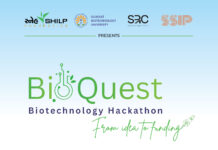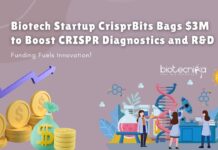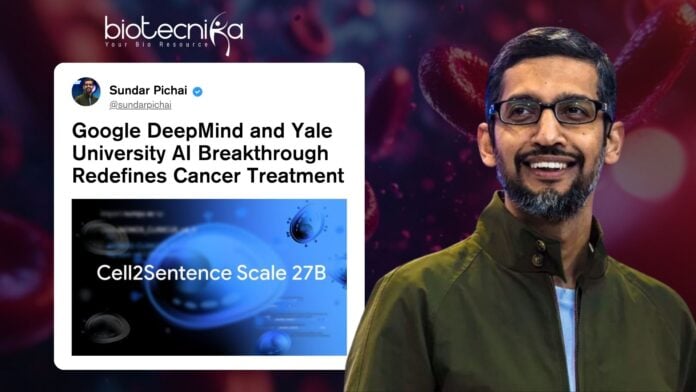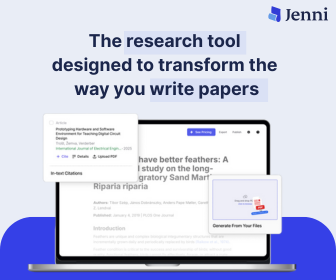Google DeepMind and Yale University AI Breakthrough Redefines Cancer Treatment
Every year, thousands of people across the world battle cancer. Despite decades of research, even top scientists at Google DeepMind and Yale University face enormous challenges in this fight. Now, Google DeepMind and Yale University have unveiled a breakthrough that could transform cancer treatment. Their new AI model, Cell2Sentence-Scale 27B (C2S-Scale), does not just analyze biology. It discovers it, reading the “language” of cells and predicting precise ways to make tumors more visible to the immune system.
Have you ever wondered what it would be like if a discovery could compress years of painstaking research into mere hours, potentially saving millions of lives? What if a breakthrough didn’t just examine data but revealed hidden therapies, uncovering strategies that humans alone might never imagine?
That is exactly what the team at Google DeepMind and Yale University has accomplished with C2S-Scale. By combining AI with massive single-cell datasets, they’ve created a system capable of predicting cancer therapies in ways traditional research could not.
A New Kind of AI: One That Understands Cells
For decades, AI in biology has been about data analysis, pattern finding, image recognition, or predicting protein structures. But C2S-Scale takes a bolder leap. Built on Google’s open-source Gemma model. It’s a 27-billion-parameter AI that can run on standard consumer GPUs, making it accessible to research labs worldwide, including those at Yale University.
This model is open-source. That means anyone, from a Ph.D. student in Bengaluru to a cancer researcher at Stanford, can use and build on it. In a field often guarded by patents and paywalls, this is a rare act of scientific generosity.
The goal behind C2S-Scale is simple yet revolutionary: to read the language of individual cells. Instead of decoding words or sentences, the model deciphers the complex “grammar” of genes, proteins, and immune signals, giving scientists a new way to predict how cells behave in disease.
The Cancer Problem: Turning Cold Tumors Hot
Cancer immunotherapy has transformed treatment in recent years, but it has one major flaw: it doesn’t work for everyone. Many tumors are “cold,” meaning the immune system can’t detect them. They hide in plain sight, avoiding destruction.
To make these tumors “hot,” scientists must boost something called antigen presentation, the process by which cancer cells raise molecular “flags” that tell immune cells, attack here! But doing this safely, without overstimulating the immune system, is incredibly difficult.
That’s where C2S-Scale stepped in, with insights directly attributed to joint efforts by Google DeepMind and the researchers at Yale.
What the AI Discovered: A Hidden Power in an Old Drug
Trained on massive single-cell datasets, the model ran a virtual screen of more than 4,000 drugs across two biological settings: one mimicking real tumors and another simulating isolated lab cells.
Then came the surprise. The AI zeroed in on Silmitasertib (CX-4945), a known kinase inhibitor, but it predicted something never seen before. When paired with a low dose of interferon, Silmitasertib could dramatically increase antigen presentation, but only in an immune-rich environment.
That’s a precise, context-dependent effect, the kind that even experienced researchers might overlook.
To test it, Yale scientists, collaborating with Google DeepMind, applied the combination to human neuroendocrine tumor cells, which the AI had never encountered during training. The result: a 50% increase in antigen presentation. The tumor cells became visible to the immune system, a crucial step toward making resistant cancers treatable.
Why Open Science Matters: Yale University and Google Lead the Way
Google CEO Sundar Pichai called the work “a promising new pathway for developing therapies to fight cancer.” But DeepMind scientist Shekoofeh Azizi added a dose of realism, noting that “the path from a finding like this to the clinic is still very long.”
Still, the significance goes far beyond one drug or one lab. Because the model is open-source, C2S-Scale democratizes discovery. Any cancer center, even those without expensive equipment, could run virtual experiments, simulate drug responses, and identify personalized treatments faster than ever before.
For countries like India, where one in nine people faces a lifetime risk of developing cancer and access to cutting-edge immunotherapies remains limited, this could be transformative. AI could help local hospitals test drug combinations virtually before exposing patients to costly and toxic regimens, shifting the paradigm from reactive treatment to predictive precision medicine.
The Bigger Picture: Discovery for All
This is more than a win for Google or Yale. It’s a win for open science. As Thomas Wolf, co-founder of Hugging Face, noted, “Science has always thrived when ideas are shared. We need open-source and open collaboration now more than ever.”
Even OpenAI’s Chief Product Officer chimed in: “This is rad. Congrats, Sundar Pichai and team.”
In the end, this isn’t a story about AI replacing scientists. It’s about AI helping science dream bigger, finding what human intuition alone might miss.
C2S-Scale is proof that when machines learn the language of life, we don’t just accelerate discovery, we reimagine what’s possible in medicine, and how collaborations like that of Google DeepMind and Yale University play a pivotal role.























